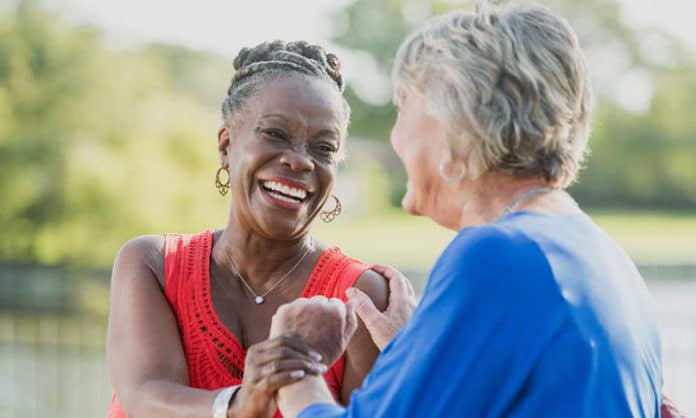New and exciting experiences make life more interesting. They make it more fun, more interesting, and more meaningful. Aid is sometimes just like a preservative; it can cure depression and alleviate boredom.
Enlighteningly, scientists at the University of Texas at Austin have found that older adults who spend more time interacting with a wide range of people are more likely to be physically active and have greater emotional well-being.
During the study, scientists found that study participants (300 adults over 65 years old) who interacted more with family members and close friends, as well as acquaintances, casual friends, service providers, and strangers, were more likely to have higher levels of physical activity, less time spent sitting or lying around, greater positive moods and fewer negative feelings.
This is the first-ever study that observes a link between study participants who interacted more with family members and close friends, as well as acquaintances, casual friends, service providers, and strangers who were more likely to have higher levels of physical activity, less time spent sitting or lying around, greater positive moods and fewer negative feelings.
Karen Fingerman, a professor of human development and family sciences at UT Austin, said, “Adults often grow less physically active and more sedentary as they age, and these behaviors pose a risk factor for disease and death. It is difficult to convince people to go to the gym or commit to work out on a regular basis. But they may be willing to reach out to acquaintances, attend an organized group event, or talk to the barrista who serves them at their favorite coffee shop. Socializing in these contexts also can increase physical activity and diverse behaviors in ways that benefit health without necessarily working up a sweat.”
During the study, scientists asked participants about their activities and social experiences at regular intervals for about seven days. Members additionally wore electronic gadgets to screen their physical activity.
Scientists observed that during the three-hour periods, participants engaged with a greater variety of social partners. They reported engaging in a greater variety of activities such as leaving the house, walking, talking with others, or shopping. They also engaged in more objectively measured physical activity and spent less time being sedentary.
This study showed that acquaintances or peripheral ties may encourage older adults to be more physically active. It helps them stay active and contributes to physical and emotional health and cognitive ability.
Fingerman said, “Older adults may be able to be more sedentary with their close friends and family — sitting and watching TV or otherwise lounging at home. But to engage with acquaintances, older adults must leave the house, or at least get up out of their chair to answer the door.”
Co-author Debra Umberson, sociology professor and director of UT Austin’s Population Research Center. “This new research relies on truly novel data that capture both the amount and quality of contact with all types of people that the elderly encounter throughout the day — and the results show us that these routine encounters have important benefits for activity levels and psychological well-being. This new information suggests the importance of policies and programs that support and promote routine and informal social participation.”
